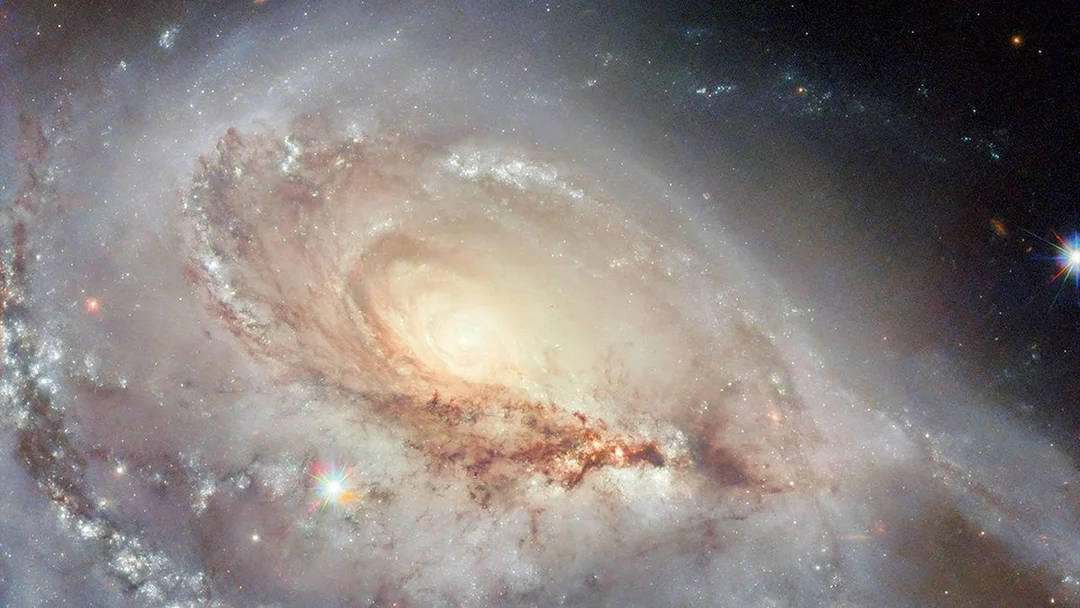
Hubble Captures Stunning Images of Peculiar Spiral Galaxies: A Cosmic Dance of Stars and Serendipity
The Hubble Space Telescope continues to amaze us with its breathtaking snapshots of the universe. Recent observations have focused on peculiar spiral galaxies, offering insights into their unique structures and the processes that shape them. These images not only captivate the eye but also provide valuable data for astronomers seeking to understand the cosmos.
Among the galaxies recently imaged is Arp 184, also known as NGC 1961. This "peculiar" spiral galaxy, located approximately 190 million light-years away in the constellation Camelopardalis (The Giraffe), stands out due to its skewed appearance. The galaxy's name comes from the Atlas of Peculiar Galaxies compiled by astronomer Halton Arp in 1966, a catalog featuring 338 oddly shaped galaxies.

What makes Arp 184 so fascinating? Its single, broad, star-speckled spiral arm that appears to stretch towards Earth. In contrast, the galaxy’s far side has only a few wisps of gas and stars, creating an asymmetrical appearance. This peculiar structure has made it a subject of intense study by astronomers.
This image from Hubble is actually a compilation of data from three Snapshot observing programs. These programs are designed to fill in gaps between longer, more intensive studies, allowing Hubble to maximize its observation time. One of these programs specifically targeted galaxies in the Atlas of Peculiar Galaxies, highlighting the ongoing interest in understanding these cosmic oddities.
Interestingly, Arp 184 has also hosted four known supernovae in the past three decades, making it a prime target for supernova hunters. These fleeting astronomical events provide crucial information about the life cycles of stars and the dynamics of galaxies.
Another spiral galaxy, NGC 3596, located approximately 90 million light-years away in the constellation Leo, also received the Hubble treatment. NGC 3596 appears almost perfectly face-on from Earth, showcasing its neatly wound spiral arms. The bright arms mark areas of concentrated stars, gas, and dust, where star formation is most active, as indicated by the brilliant pink star-forming regions and young blue stars tracing the galaxy’s arms. The image is made up of observations from Hubble’s Wide Field Camera 3 in the ultraviolet, near-infrared, and optical parts of the spectrum, creating a stunning visual representation.

The formation of these spiral arms has long been a topic of debate. Early theories faced the “winding problem,” where coherent spiral arms would wind tighter and tighter as the galaxy spins. Current understanding suggests that spiral arms represent areas of high and low density, akin to traffic jams in space, where materials slow down and bunch up as they enter a spiral arm.
These Hubble observations underscore the telescope's continued importance in unraveling the mysteries of the universe. From peculiar spiral galaxies to supernova events, Hubble provides invaluable data and stunning visuals that fuel our understanding of cosmic phenomena.
What other secrets are hidden within these distant galaxies? What new discoveries await us as we continue to explore the cosmos with advanced observatories like Hubble? Share your thoughts and theories in the comments below!